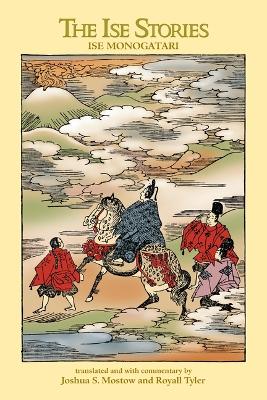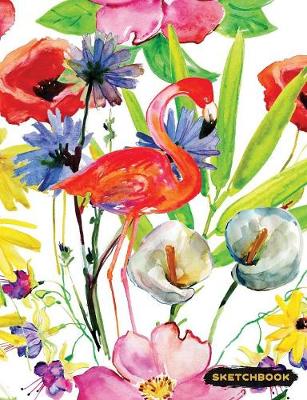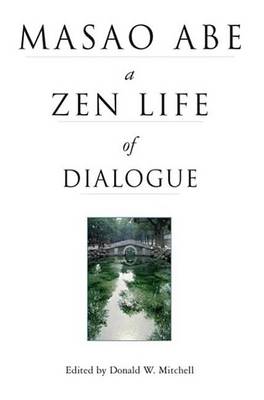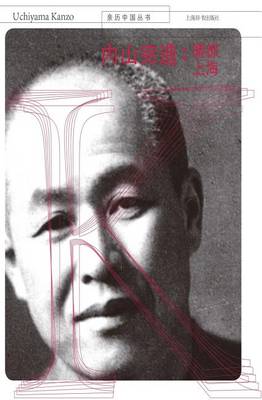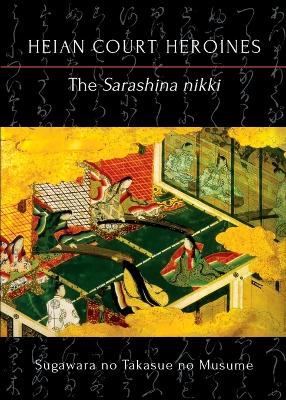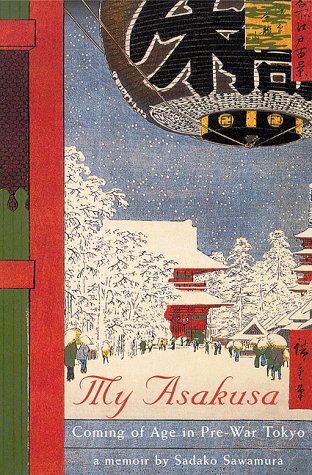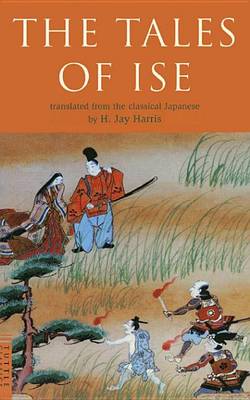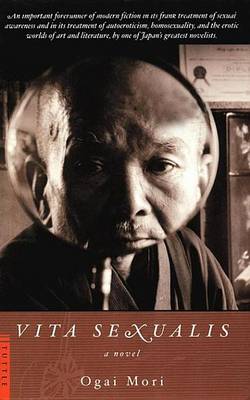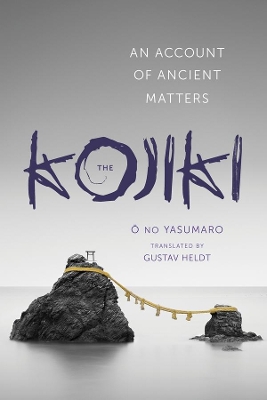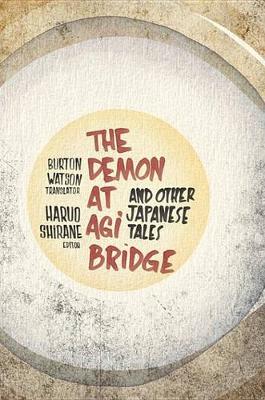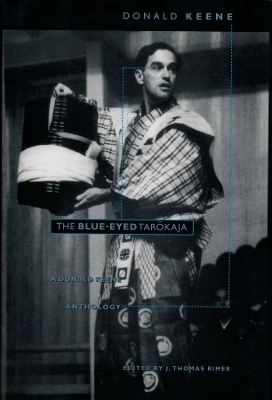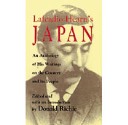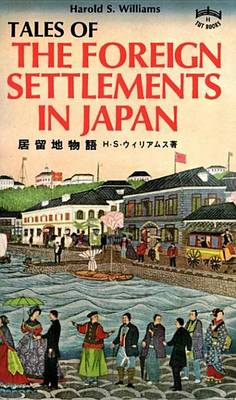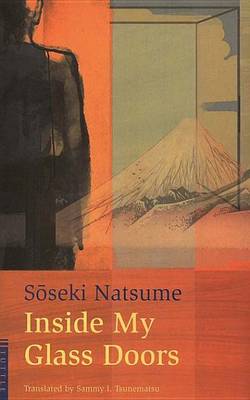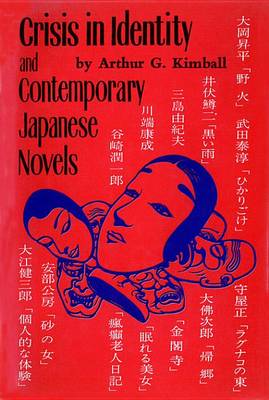Ise monogatari is one of classical Japan's most important texts. It influenced other literary court romances like The Tale of Genji and inspired artists, playwrights, and poets throughout Japanese history and to the present day. In a series of 125 loosely connected episodes, the Ise tells the story of a famous lover, Captain Ariwara no Narihira (825-880), and his romantic encounters with women throughout Japan. Each episode centers on an exchange of love poems designed to demonstrate wit, sens...
Japanese Aesthetic Peach Softdrink Vaporwave Otaku Anime Cartoon Journal
by Vaporwaveaesthetic Notebooks
In the eleventh century Murasaki Shikibu, a lady in the Heian court of Japan, wrote the world's first novel. But The Tale of Genji is no mere artifact. It is, rather, a lively and astonishingly nuanced portrait of a refined society where every dalliance is an act of political consequence, a play of characters whose inner lives are as rich and changeable as those imagined by Proust. Chief of these is "the shining Genji," the son of the emperor and a man whose passionate impulses create great turm...
Born and raised in the now-extinct Shitmachi district of Asakusa, a neighbourhood brimming with Kabuki theatres and geisha, Sadako Sawamura tells of her rise to icon status, including her account of serving a jail sentence for her pro-communist sympathies.
Toddler coloring books ages 1-3 travel
by Coloring Book Activity Joyful
Revered as one of the great literary classics of Japan, The Tales of Ise is an anonymous tenth-century collection of Japanese poems and prose. First published in 1608 as Ise-monogatari, the work is a product of court life in which the romantic assignations, intrigues, and social standards of aristocratic society in ancient Japan are vividly revealed. Each of the 125 episodes in the book consists of a story plus poetry in the uta form (five lines totalling thirty-one syllables).
Though banned shortly after its publication in 1909, VITA SEXUALIS is far more than a prurient erotic novel. The narrator, a professor of philosophy, wrestles with issues of sexual desire, sex education, and the proper place of sensuality. His story explores his own journey into sexual awareness. Yet, beyond being a poignant account of one boy's coming of age, VITA SEXUALIS is also an important record of Japan's moral struggles during the cultural upheaval of the last years of the Meiji era.
The English-language debut of one of Japan's most exciting new writers, The Factory follows three workers at a sprawling industrial factory. Each worker focuses intently on the specific task they've been assigned: one shreds paper, one proofreads documents, and another studies the moss growing all over the expansive grounds. But their lives slowly become governed by their work—days take on a strange logic and momentum, and little by little, the margins of reality seem to be dissolving: Where doe...
Japan's oldest surviving narrative, the eighth-century Kojiki, chronicles the mythical origins of its islands and their ruling dynasty through a diverse array of genealogies, tales, and songs that have helped to shape the modern nation's views of its ancient past. Gustav Heldt's engaging new translation of this revered classic aims to make the Kojiki accessible to contemporary readers while staying true to the distinctively dramatic and evocative appeal of the original's language. It conveys the...
The Demon at Agi Bridge and Other Japanese Tales (Translations from the Asian Classics)
Haruo Shirane and Burton Watson, renowned translators and scholars, introduce English-speaking readers to the vivid tradition of early and medieval Japanese folktales. Taken from seven major anthologies of anecdotal ( setsuwa) literature compiled between the ninth and thirteenth centuries, these dramatic and often amusing stories offer a major view of the foundations of Japanese culture. Out of thousands of setsuwa, Shirane has selected thirty-eight of the most powerful and influential tales,...
No other Asian poetic form has so intrigued and beguiled the English-speaking world as the Japanese haiku. Even before World War I such imagist poets as Ezra Pound, Amy Lowell, and John Gould Fletcher were experimenting with the form. At that time, Pound well described the haiku as "an intellectual and emotional complex in an instant of time." Indeed, it is the haiku's sense of immediacy and its precision that continue to appeal to poets and poetry lovers today. In recent decades there has b...
The preeminent Western authority on Japanese literature a presents a collection of personal essays and literary vignettes that offers a fresh and personal insight into his prolific career as a writer and translator, traveler and social observer.
Asa’s husband is transferring jobs, and his new office is located near his family’s home in the countryside. During an exceptionally hot summer, the young married couple move in, and Asa does her best to quickly adjust to their new rural lives, to their remoteness, to the constant presence of her in-laws and the incessant buzz of cicadas. While her husband is consumed with his job, Asa is left to explore her surroundings on her own: she makes trips to the supermarket, halfheartedly looks for wor...
The first part of this work chronicles Hearn's early years in Japan when he wrote primarily about the appearance of his new home. The second part records the author's later years when he came to terms with the Japanese themselves and includes some striking descriptions of 19th-century Japan.
